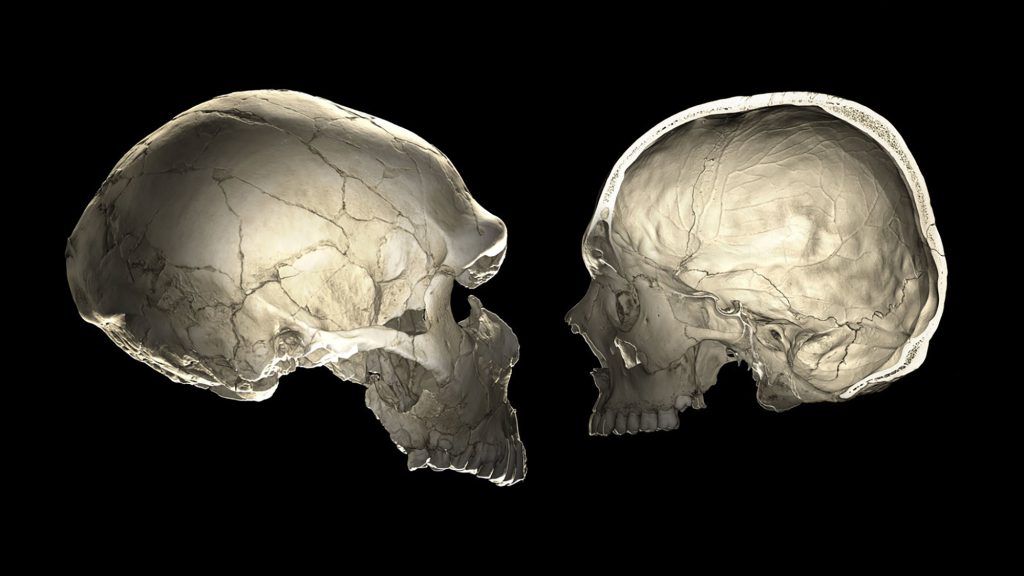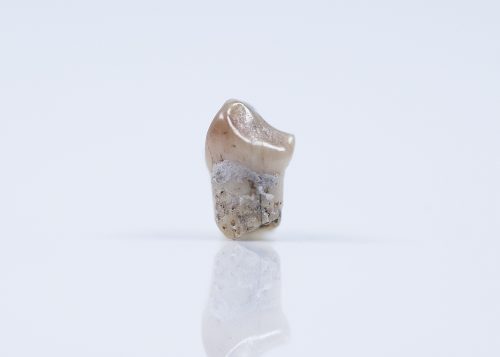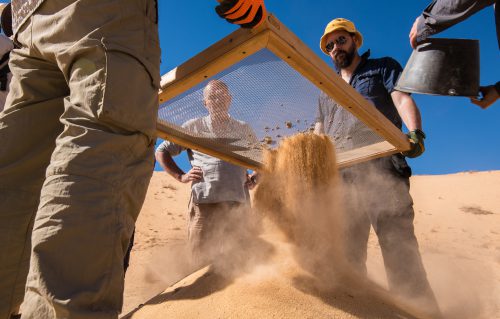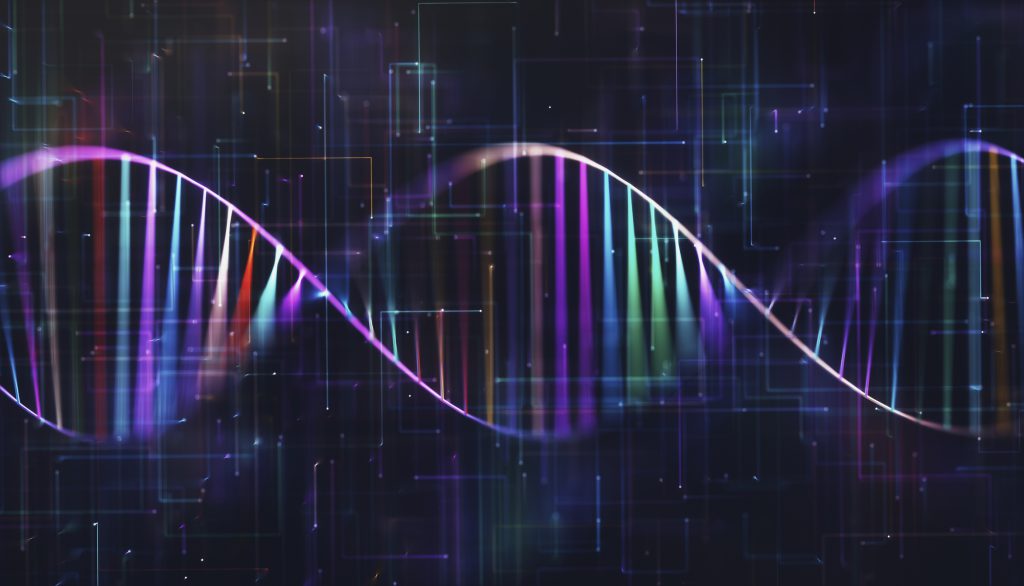Early Homo Sapiens

Biological anthropologists place the initial emergence of our species, Homo sapiens, around 300,000 years ago. In this unit, students will learn about the evolution of our species and read about some of the many questions biological anthropologists are still asking about our ancestors.

New Discovery Expands the Hobbit Family Tree

Will Asia Rewrite Human History?
- Lay out the evidence scientists use to piece together the story of human evolution.
- Explain different hypotheses about why Homo sapiens persisted until today and other species in the Homo genus went extinct.
- Explore what it means to be human and what distinguishes anatomically modern humans from other related and ancestral species.
-
Facchini, Fiorenzo. 2006. “Culture, Speciation, and the Genus Homo in Early Humans.” Human Evolution 21: 51–57.
-
Shea, John J. 2011. “Homo sapiens Is as Homo sapiens Was: Behavioral Variability Versus ‘Behavioral Modernity’ in Paleolithic Archaeology.” Current Anthropology 52 (1): 1–35.
-
Tryon, Christian, and Shara Bailey. 2013.“Testing Models of Modern Human Origins With Archaeology and Anatomy.” Nature Education Knowledge 4 (3): 4.
- What kinds of morphological features differentiate early Homo sapiens from other Homo species?
- How does the 2020 SAPIENS article by Sara Toth Stub challenge prior theories about Homo sapiens’ migration out of the African continent?
- Have students watch this TED Talk by Zeresenay Alemseged “The Search for Humanity’s Roots” and generate a class discussion on why societies invest so much in pursuit of illuminating humanity’s origins.
- In class or through individual work, have students carefully explore the Smithsonian Institution’s interactive on the Human Family Tree.
-
Article: SAPIENS’ “How Eating Rat Stew Serves Hobbit Research”
-
Article: SAPIENS’ “Were Neanderthals More Than Cousins to Homo Sapiens?”
-
TED Talk: Svante Pääbo’s “DNA Clues to Our Inner Neanderthal”
-
TED Talk: Robert Sapolsky’s “The Uniqueness of Humans”
Eshe Lewis (2020)
Human Genetic Variation

